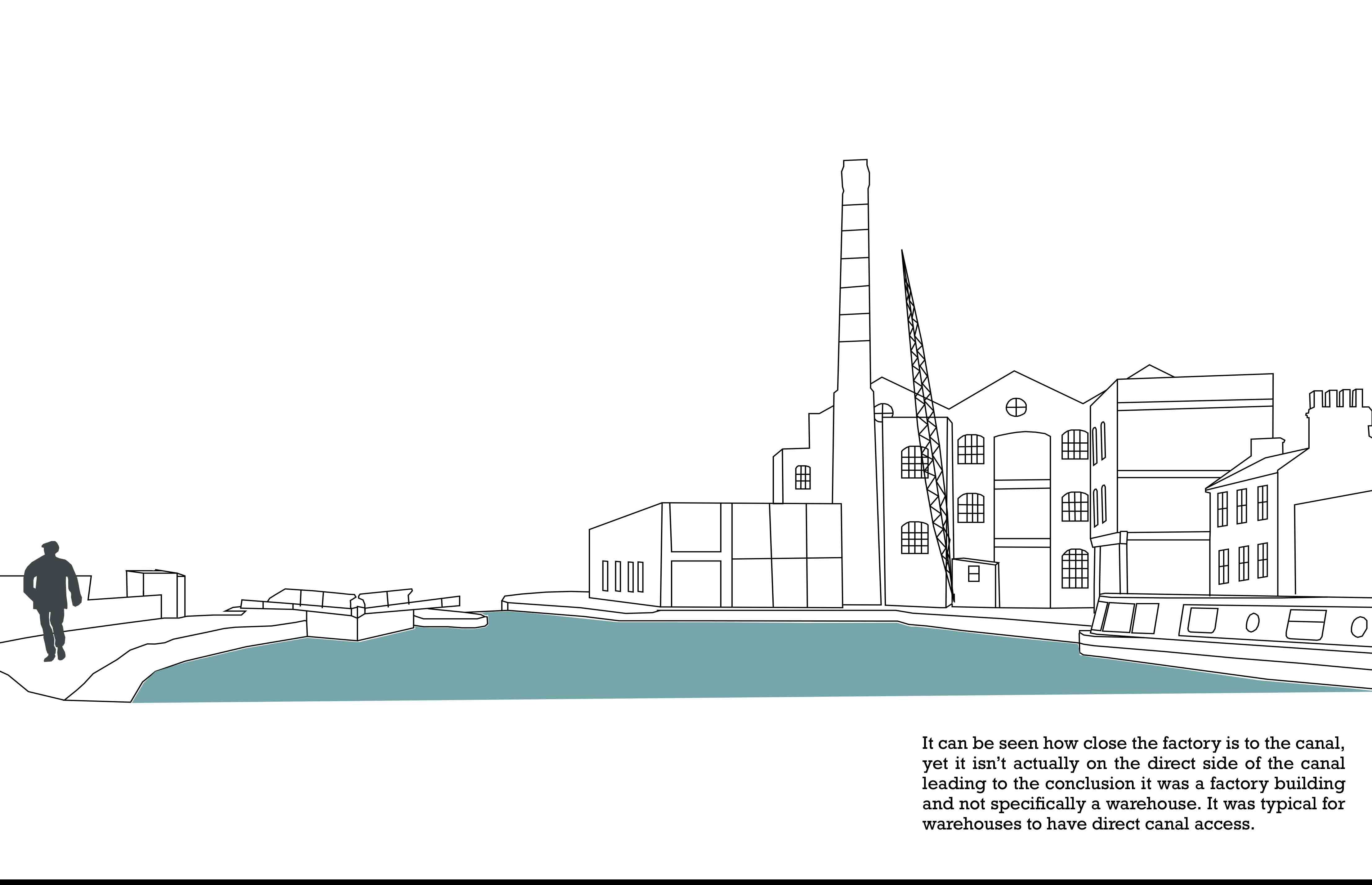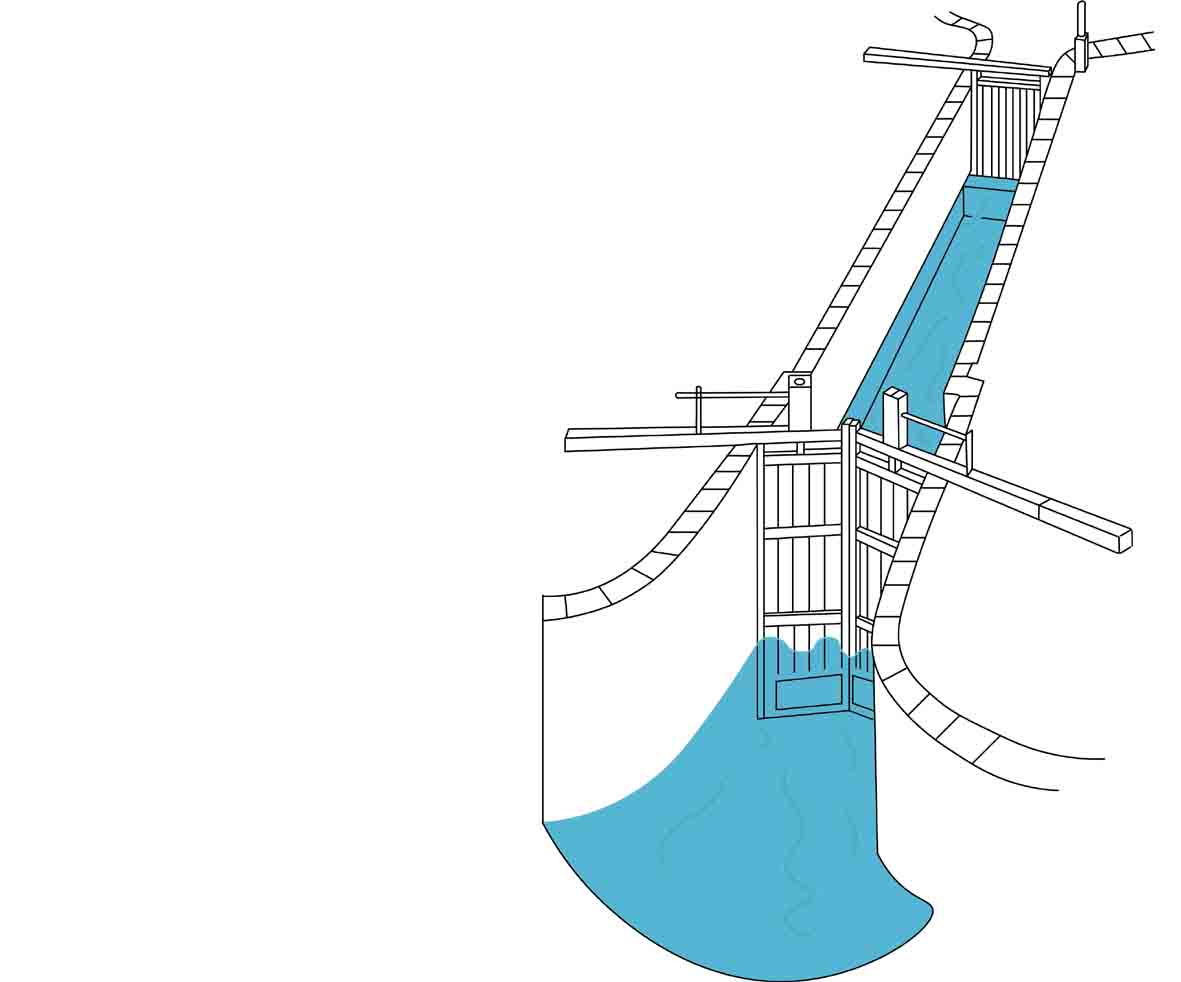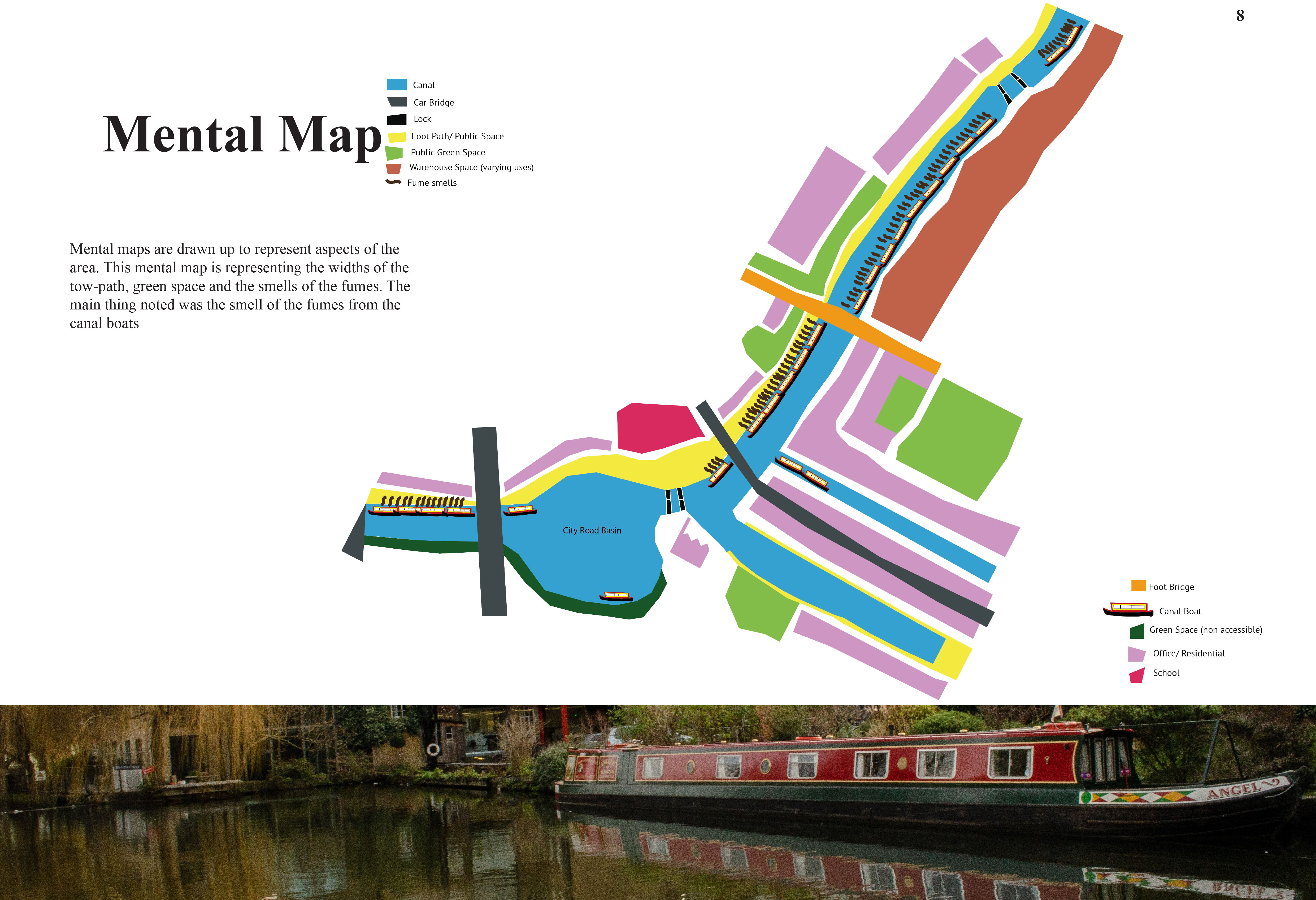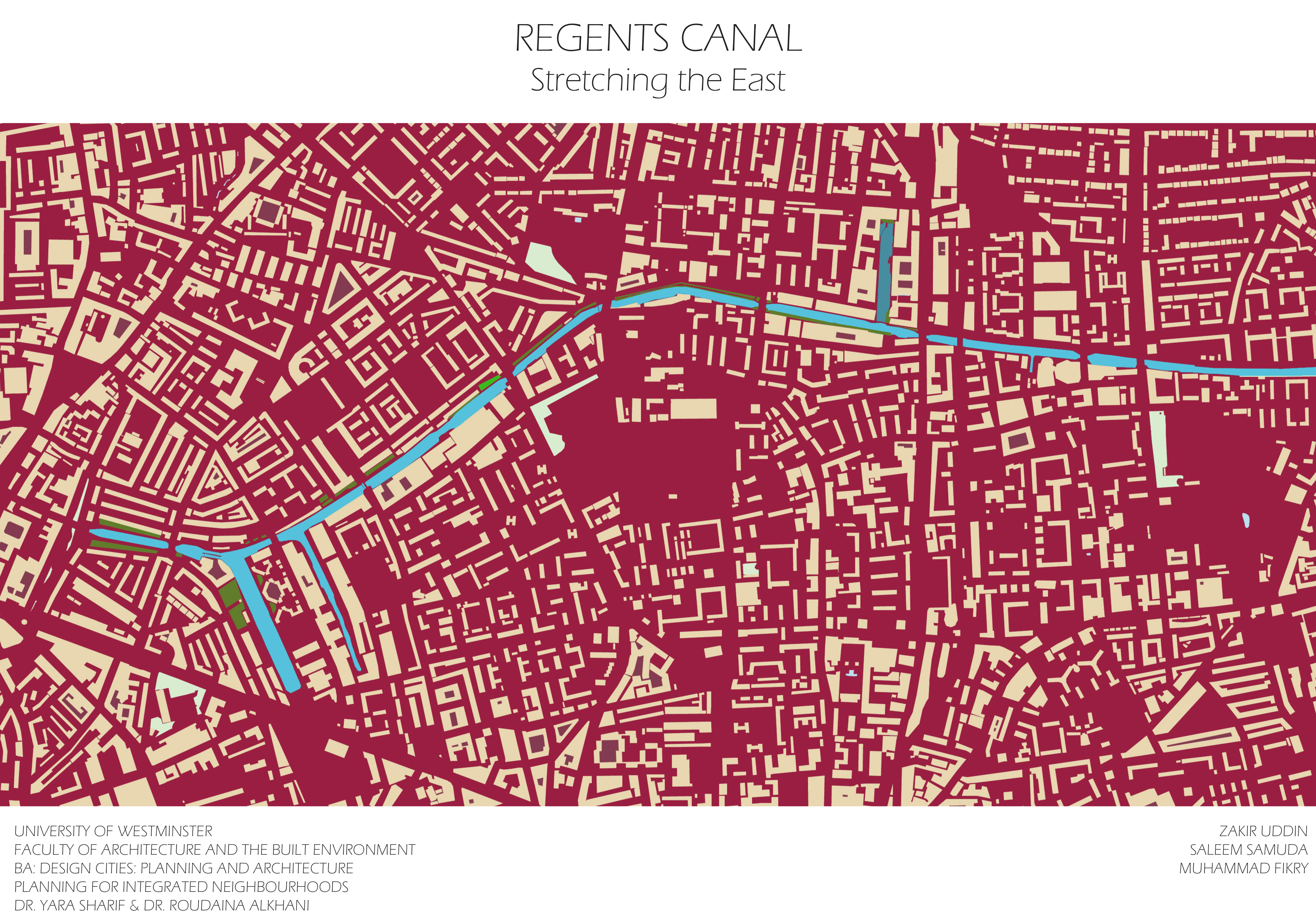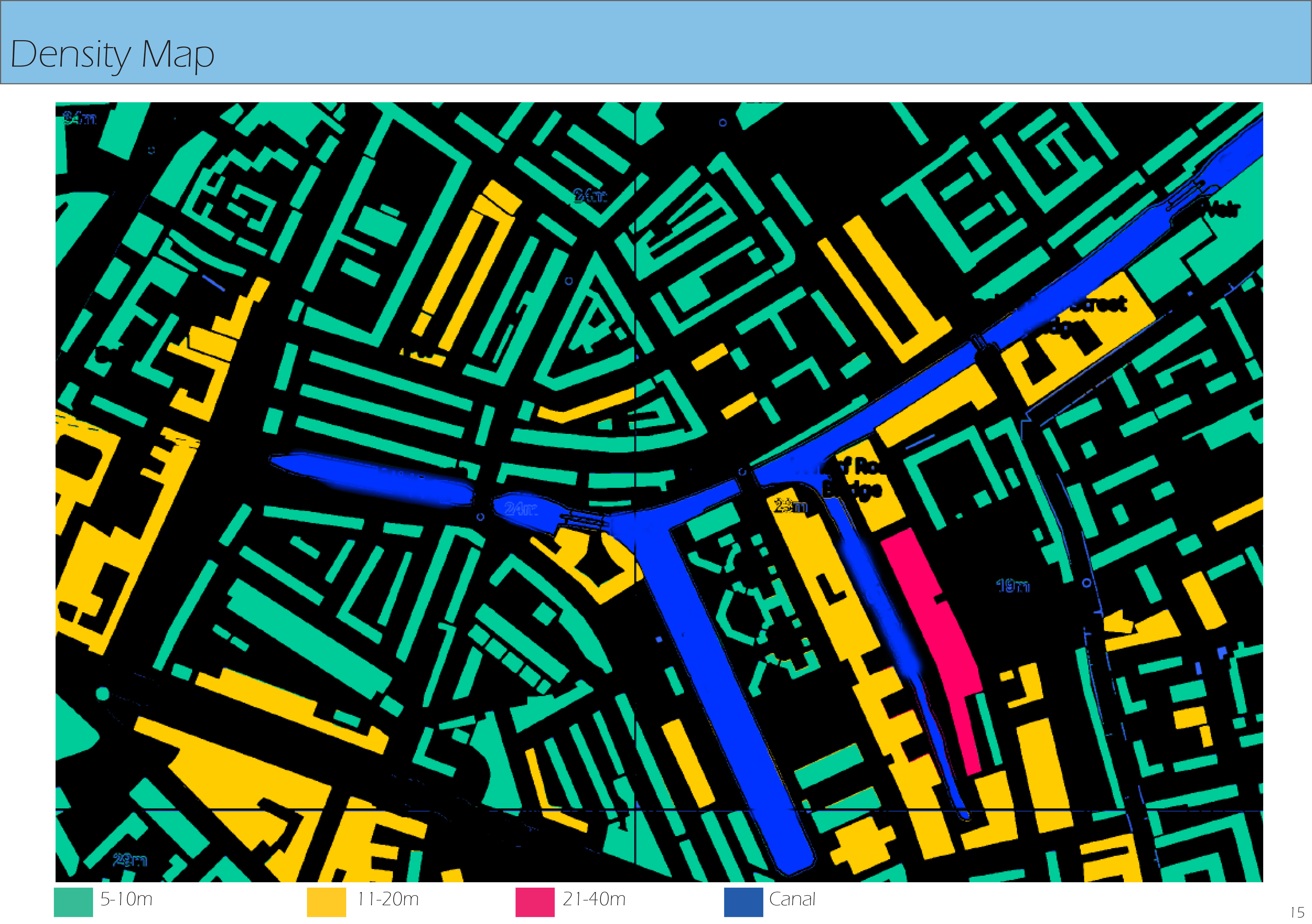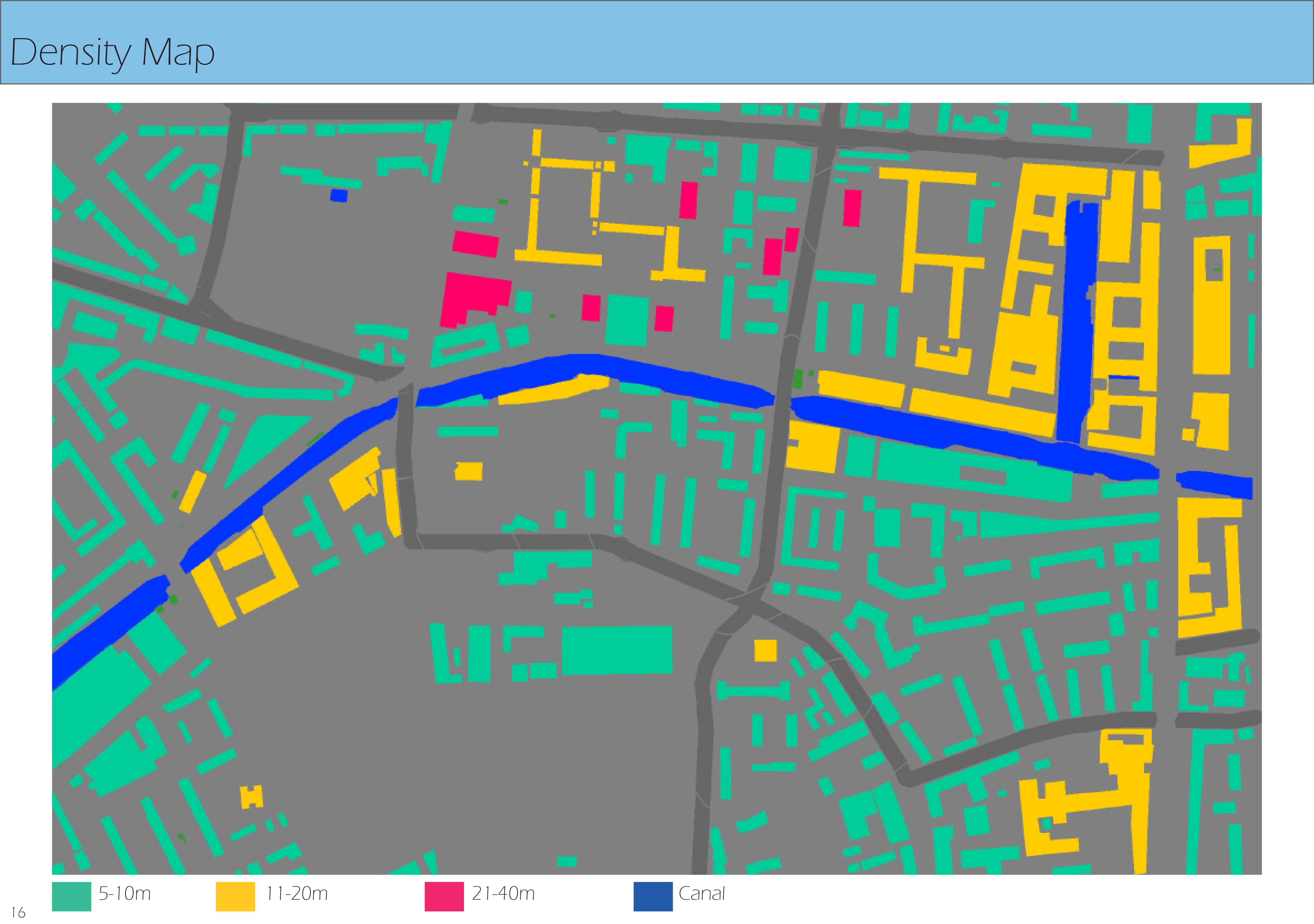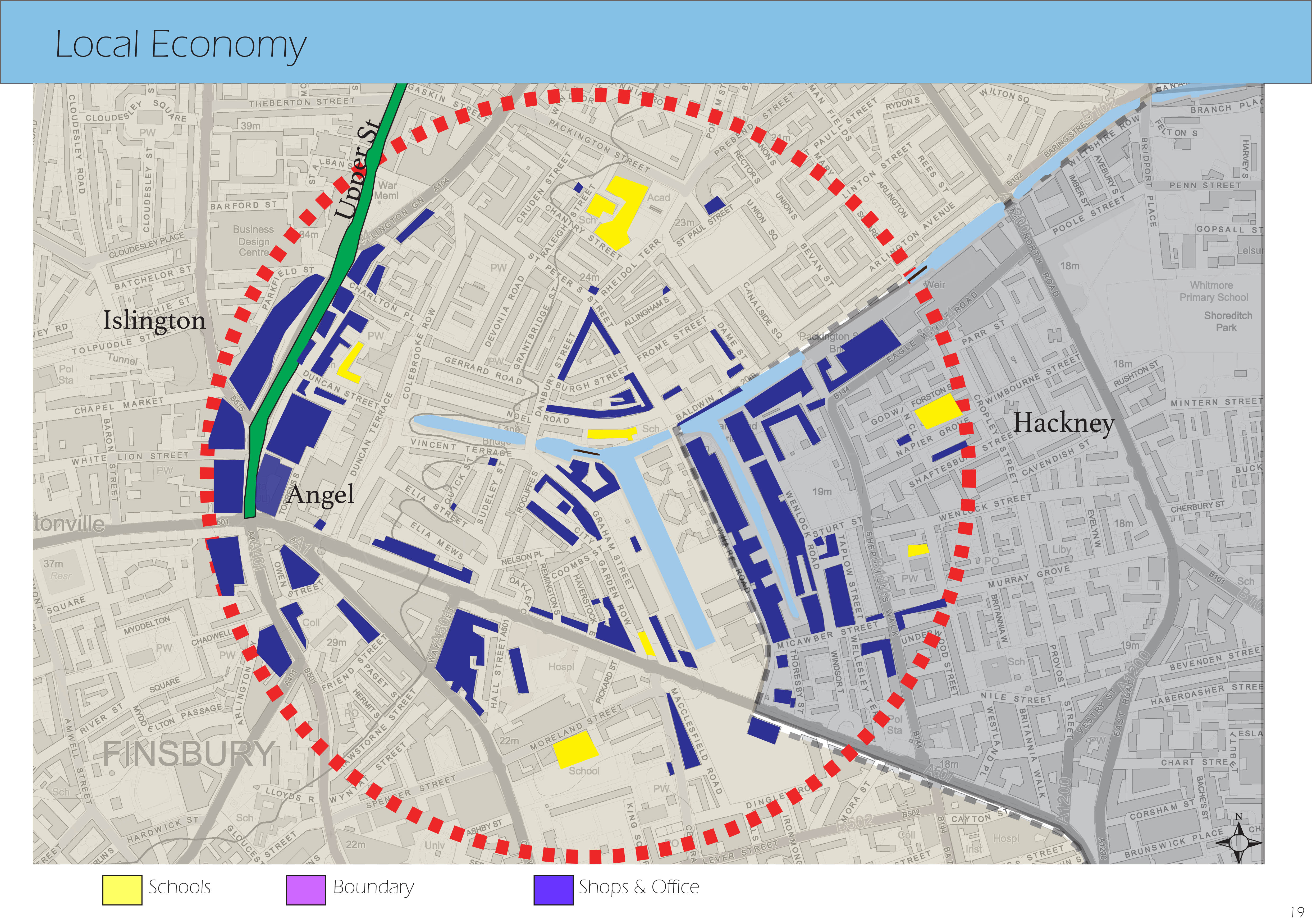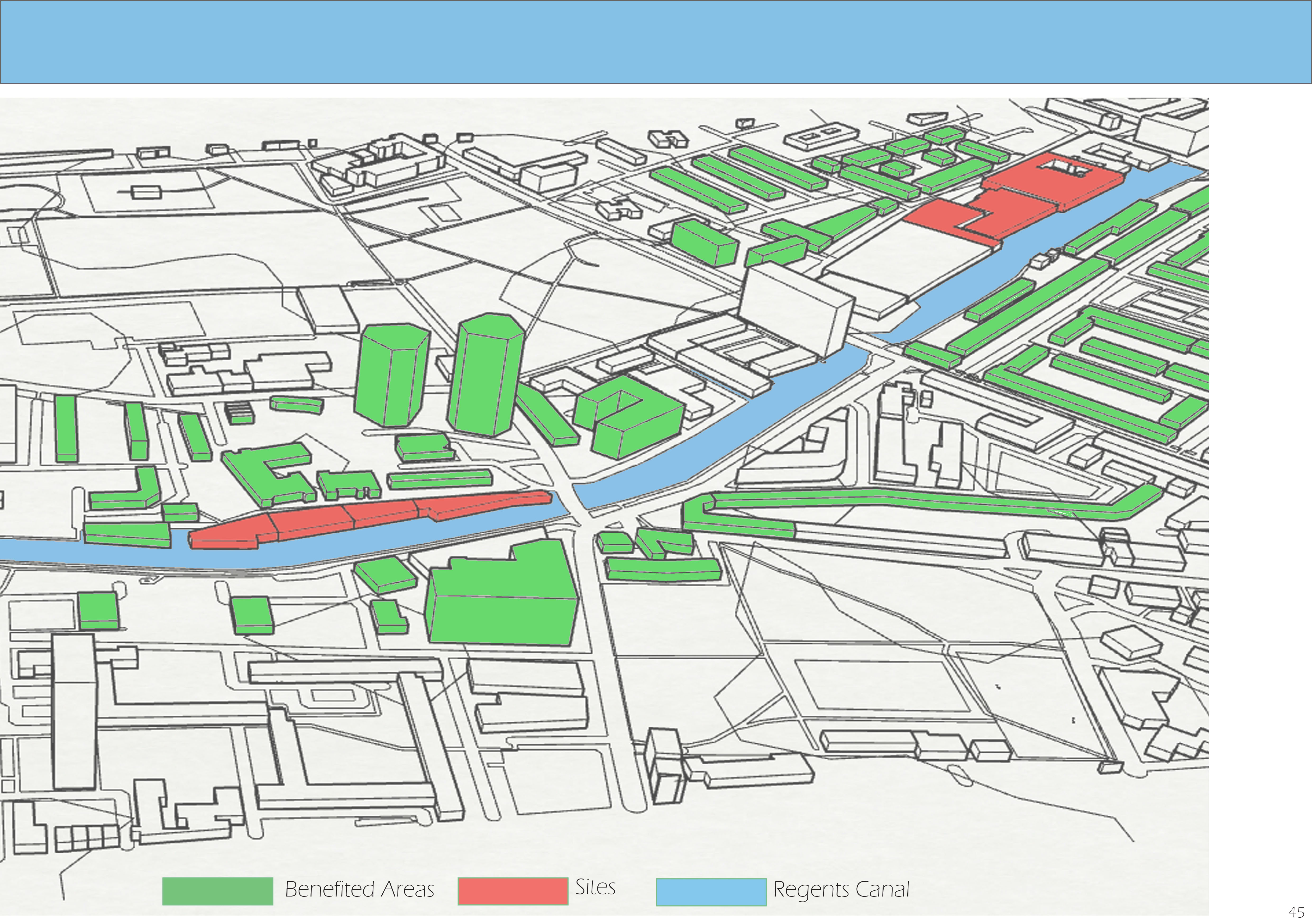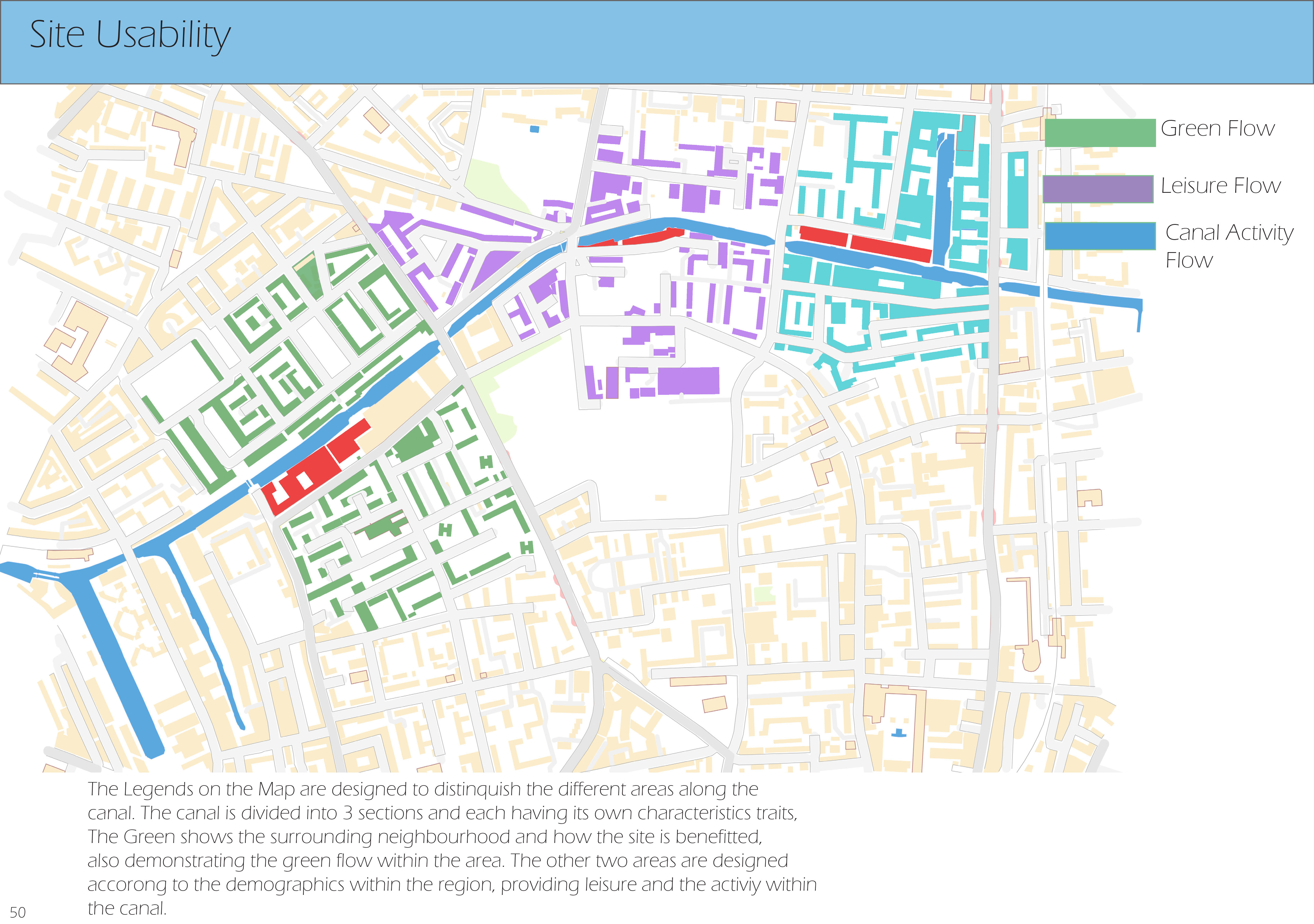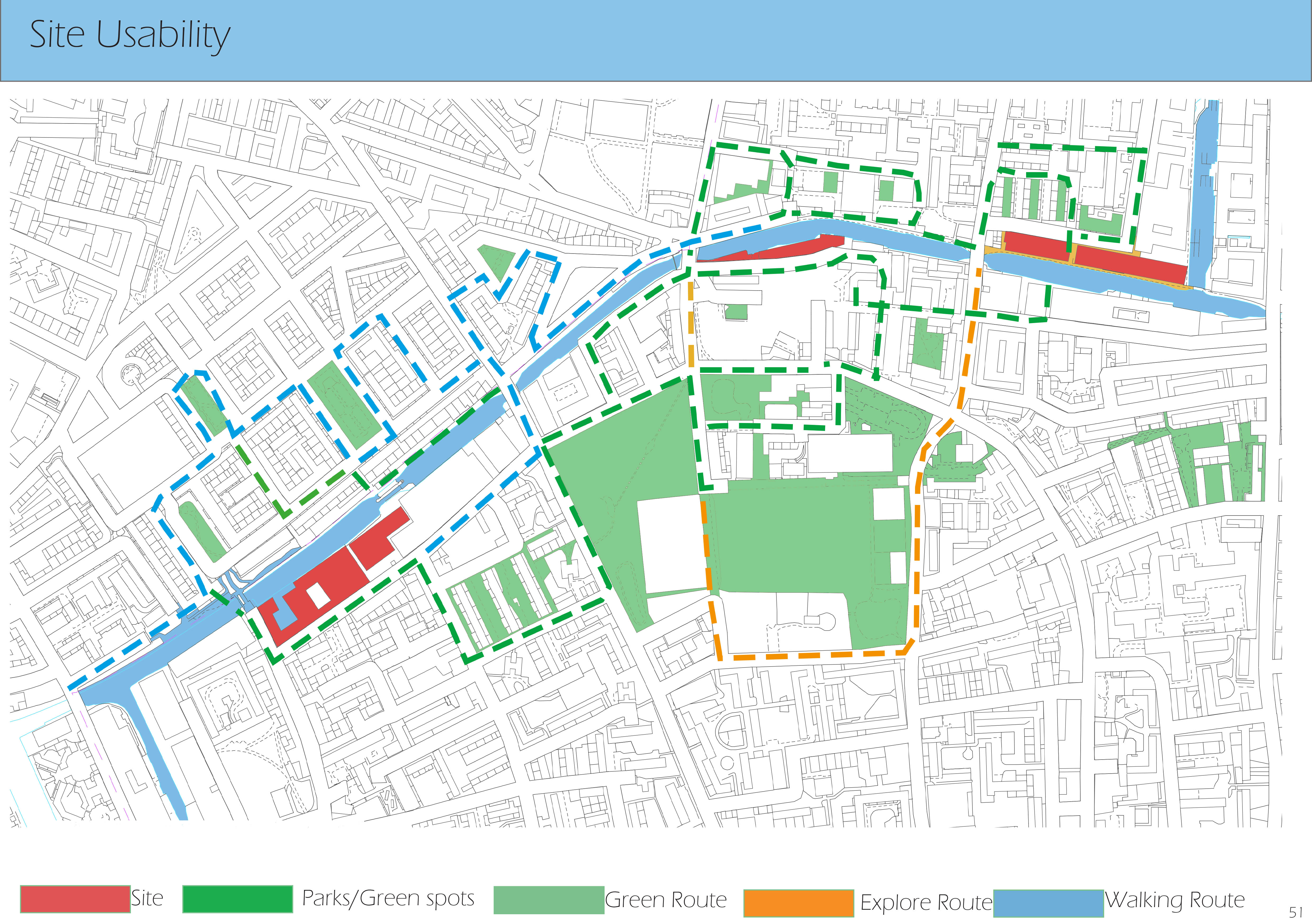Designing Cities Year 1 ARCHIVE
Tutors: Yara Sharif & Roudaina Al Khani
Yara Sharif is an architect and an academic with an interest in design as a means to interrogate socio-political issues. She is a partner in Golzari – NG Architects, an award winning architectural practice based in London
Roudaina Al Khani is an architect, and urban and regional planner PhD with interest in multidisciplinary approaches to city development, and major experiences from Europe and the Middle East. She is Founder and Director of the practice Platforms for sustainable cities and regions and Lecturer at the University of Westminster.
Year 1: Planning for Integrated Neighbourhood
This studio-based module explores the inner-city area in London, providing students with a platform for analysing and critically reflecting on urban policies while offering responsive recommendations and urban design solutions that address the subject of sustainability in its social and economic sense.
Under the title Protecting the Oasis of Calmness, the site selected this year is the area around the Angel canal and Islington City Road Basin. The work unpacks the canals and waterways that have historically shaped the city in terms of their economic, commercial, social and spatial structure. The students looked into reviving the canals as economic spines for London while questioning the current major developments taking place. They explored the unique architectural and urban typologies of the industrial edges and their artefacts of narrow boats, locks and basins.
Working in groups, the students mapped the canal and the neighbourhoods offering urban strategies for mixed- use functions that can help integrate different sectors of the society, without compromising the industrial features of the canal.
Based on the group site appraisal, students were asked to design a proposal of an urban infill and public realm improvement for the neighbourhood while also reflecting on the bigger urban context with its challenges and opportunities. Students interrogated through design-led research the notions of participation, collective act and public-private space offering original suggestions for its future functioning.
The themes to integrate the neighbourhood and stitch it together varied; from floating farms to ‘Green Bridges’, Homeless Pockets to mixed-use housing and many more.











